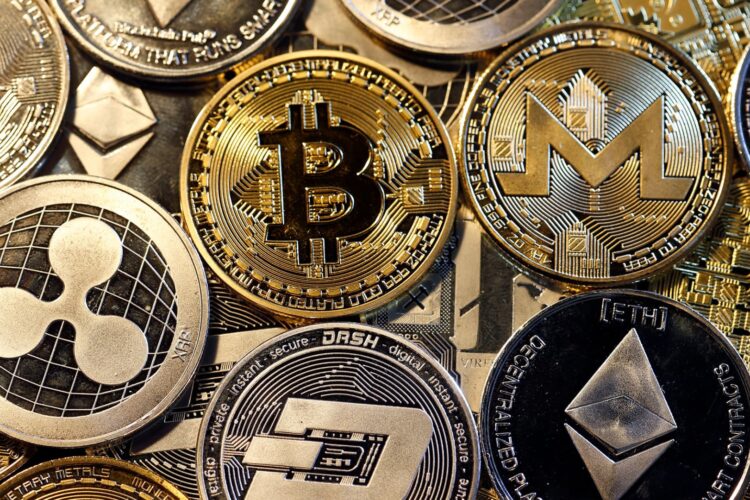Printed circuit boards are usually abbreviated to PCBs. You can describe these relatively small boards as one of the modern miracles of technology today. They can be used for military, industrial and mechanical devices. They may be small in size but they play vital roles I many applications today. The secret of the success of these boards lies in the materials used to make PCBs. Among other materials, PCBs are usually made with the ones discussed below.
Substrate
When you set out to manufacture your PCB, you need a base on which you can construct wires and lines for connectivity. This base is called a substrate and you can choose from two different materials depending on what you want to use the PCB to do. The two materials are fiberglass and plastic.
Fiberglass
A fiberglass substrate is the best option for you if you ant to use the PCB for tough work and strong applications. In effect, you can opt for the fiberglass substrate because it is durable, reliable and it gives you better value for money. The fiberglass substrate is best suited for making tough and rigid PCBs. You can use these boards for medical, electronic and engineering equipment because it will last long and it is not likely to disappoint you.
Plastic
If you are looking for flexible PCBs, your best option is the plastic substrate. This is a cheaper option but that does not necessarily mean it is an inferior material. It is just different from fiberglass. You can still get a durable and reliable PCB if you use plastic. However, you should go for high quality plastic like liquid crystal polymer, polyimide, polyethylene naphthalate and even polyester.
Conducting Material
Once you get the substrate sorted out, you need to get your conducting material figured out as well. This is because this material is vital as you need it to ensure the right flow of current throughout the circuit board and even throughout the device itself. If fact, it is safe to state that the conducting material is fulcrum on which every thing else in the circuit boards depends. The most common substance used as a conductor is copper. This is not surprising because this substance is famous as one of the most conducting materials in the electrical and electronics industry. Once you have chosen copper as your conducting material, the next step is to figure out how many layers of copper you need. You also have o customize your copper so that everything falls perfectly into place.
Solder Mask
You cannot underestimate the role of the solder mask in our printed circuit board. The solder mask is a sort of protective gear for the circuit board because it serves the important purpose of protecting the board against malfunctions. Specifically, the solder mask helps protect the PCB from short circuits and haywires. In fact, without the solder mask, the efforts put into producing the PCB will be in vain because the solder liquid will oxidate and the PCB will simply stop working.
Final Word
As you can see, it is vital to use the right components and materials or your PCB choose the ones discussed above and you will get an excellent PCB.
Looking to have your own run of circuit boards made? Contact Avanti Circuits now.


